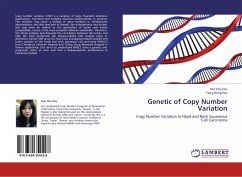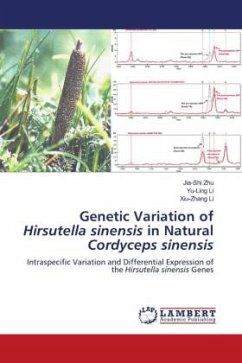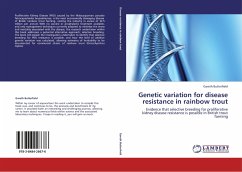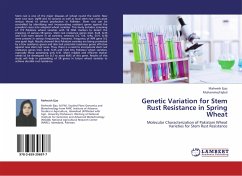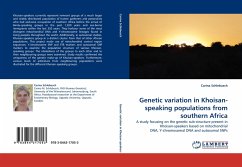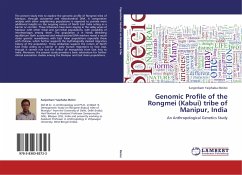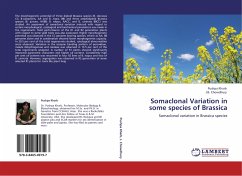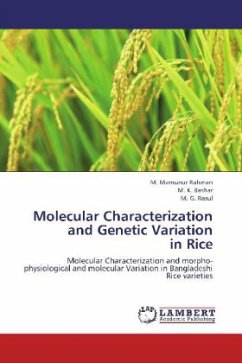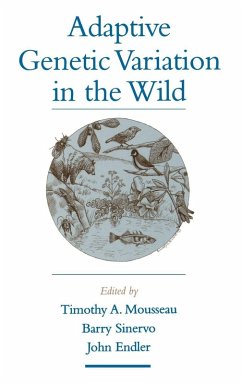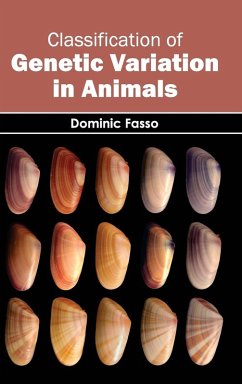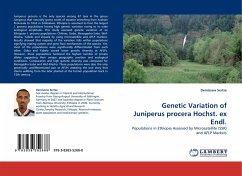
Genetic Variation of Juniperus procera Hochst. ex Endl.
Populations in Ethiopia Assessed by Microsatellite (SSR) and AFLP Markers
Versandkostenfrei!
Versandfertig in 6-10 Tagen
32,99 €
inkl. MwSt.

PAYBACK Punkte
16 °P sammeln!
Juniperus procera is the only species among 67 taxa in the genus Juniperus that naturally grows south of equator stretching from Arabian Peninsula to 18oS in Zimbabwe. Ethiopia is assumed to host the largest J. procera populations having high genetic variation owing to its wide ecological amplitude. This study assessed genetic variation of six Ethiopian J. procera populations: Chilimo, Goba, Menagesha-Suba, Wef-Washa, Yabelo and Ziquala by using microsatellite and AFLP markers. Results showed that majority of the variation falls within populations signifying mating system and gene flow mechani...
Juniperus procera is the only species among 67 taxa in the genus Juniperus that naturally grows south of equator stretching from Arabian Peninsula to 18oS in Zimbabwe. Ethiopia is assumed to host the largest J. procera populations having high genetic variation owing to its wide ecological amplitude. This study assessed genetic variation of six Ethiopian J. procera populations: Chilimo, Goba, Menagesha-Suba, Wef-Washa, Yabelo and Ziquala by using microsatellite and AFLP markers. Results showed that majority of the variation falls within populations signifying mating system and gene flow mechanisms of the species. Yet, most of the populations were significantly differentiated from each other. Goba and Yabelo scored lower genetic diversity at AFLPs. However, these populations harbored the highest number of private alleles suggesting their unique geographic position and ecological conditions. Comparative and high genetic diversity was computed for Menagesha-Suba and Wef-Washa. These populations were also the only generically undifferentiated pair at AFLPs attesting the oral story that claims wildling from the later planted at the former population back in 15th century.



